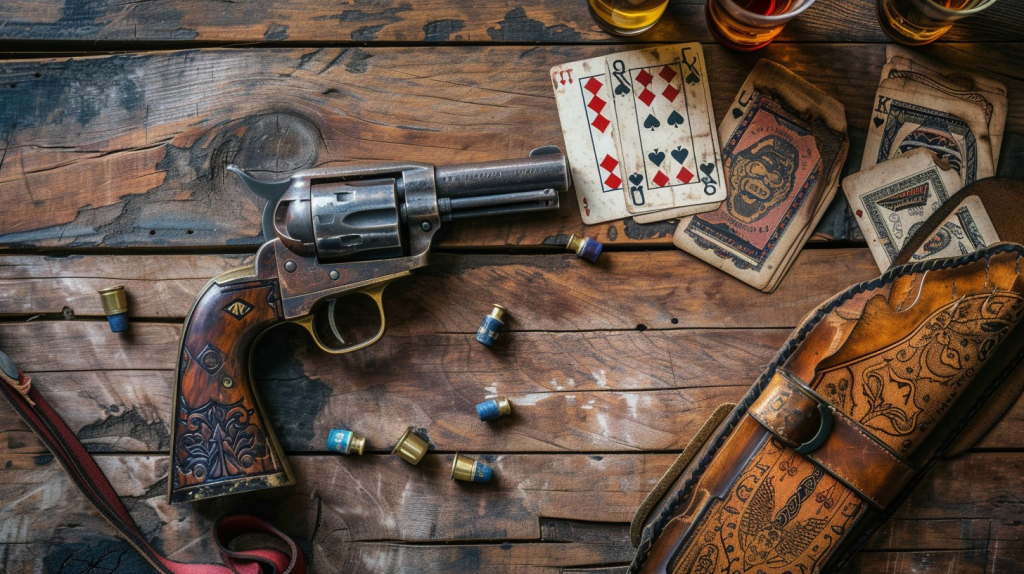
“Whoever won at gunplay most often was the man who did it slow.” Wyatt Earp dispelled the fog of dime-novel legend, reminding us that the Wild West was not all about high-noon spectacle and hip-shot bravado. It was where precision, nerve, and reputation could be the difference between getting out of there alive or being carried out.
The late 19th-century American frontier was a mad mix of danger and opportunity. Outlaws, lawmen, and men who walked both sides of the line between them etched their names into history through daring, talent, and a bit of raw brutality. Their tales part legend, part fact still hold us today, not only because of the bloodshed, but because of the characters that made them so larger than life.
From the “Bandit Queen” to the outlaw with the boyish face who emerged as a folk hero, here’s a closer examination of eight gunslingers whose lives and deaths defined the lasting image of the Wild West.
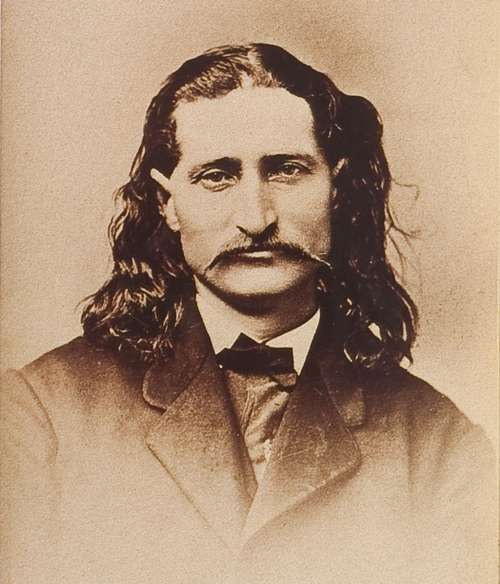
1. Wild Bill Hickok – The Sharpshooter Who Became a Legend
James Butler “Wild Bill” Hickok’s trajectory from Union Army scout to frontier lawman was filled with grit and drama. His 1865 duel with Davis Tutt in Springfield, Missouri fired at an incredible 75 yards was one of the few genuine quick-draw duels in the history of the American West. Hickok steadied his Colt Navy on his forearm, shot from a leisurely distance, and killed Tutt with a chest shot.
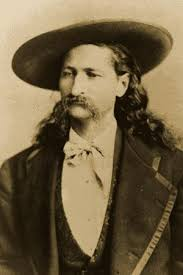
Hickok’s fame reached new heights through dime novels and newspaper reports, and he basked in the limelight as an actor with Buffalo Bill Cody’s Wild West show. But fame, it turns out, also had its detractors. In 1876, while sitting on what would come to be called the “Dead Man’s Hand” at a Deadwood saloon, he was killed by a shot to the back of the head from Jack McCall, silencing the man who represented both the skill and the drama of the frontier.
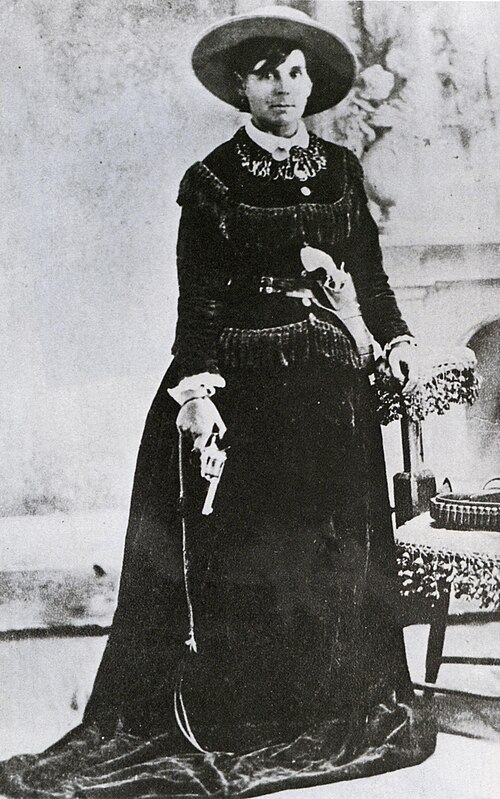
2. Belle Starr – The Bandit Queen with Unsolved Mysteries
Myra Maybelle Shirley Reed Starr was more than an outlaw she was a symbol of resistance. The attire she wore, black velvet dresses and plumed hats, made her stand out among noted figures, such as Jesse James and the Younger brothers, with whom she associated herself and earned a reputation as a talented rider, a good marksman, and a brave partner in horse thievery and harboring criminals.
Her life came to an end in as dramatic fashion as she lived it. In 1889, she was waylaid and murdered outside her Oklahoma home. Whether it was by a rival, rejected suitor, or accident, no one knows. That still-unsolved conclusion only added to her mystique, solidifying her place among the rare women to walk shoulder to shoulder with the West’s most deadly guns.
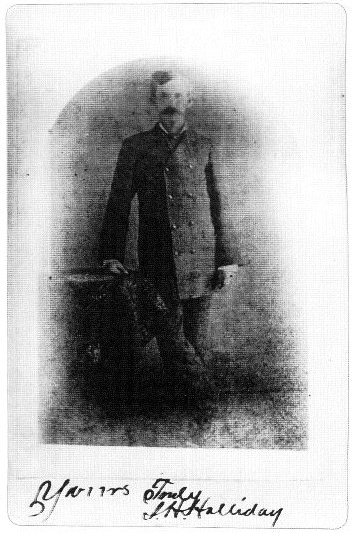
3. Doc Holliday – The Deadly Dentist
John Henry “Doc” Holliday bought dental drills for six-shooters when tuberculosis pushed him west. His palomino with Wyatt Earp put him at center stage in the 1881 Gunfight at the O.K. Corral, in which his calm under fire and lethal accuracy assisted the Earps in their victory.
In spite of his poor health, Holliday’s temper and proficiency made him a formidable adversary. He participated in Earp’s vendetta ride, tracking down members of the Cowboy gang following the attempted assassination of Virgil Earp. Holliday’s life was brief he died of tuberculosis at age 36 but his image as the gambler-gunfighter who battled disease and danger is among the most lasting in frontier legend.
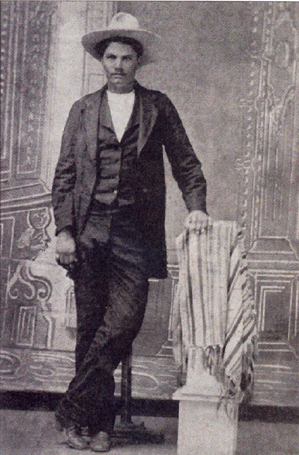
4. John Wesley Hardin – The Preacher’s Son Turned Killer
Brought up by a Methodist minister, John Wesley Hardin’s life took a violent turn early on he took credit for his first kill when he was 15. Throughout his life, he supposedly killed over 40 men, although historians estimate the total as about 20. The majority of the killings were over petty disagreements that turned into fatal confrontations.
Taken in 1877, Hardin served out 17 of a 25-year sentence before being granted a pardon. He read law, but old demons were hard to kill. In 1895, he was shot in the back of the head by lawman John Selman Sr. in a El Paso saloon. Hardin’s combination of intelligence, charm, and a hair-trigger temper made him one of the most feared and notorious men of the Old West.
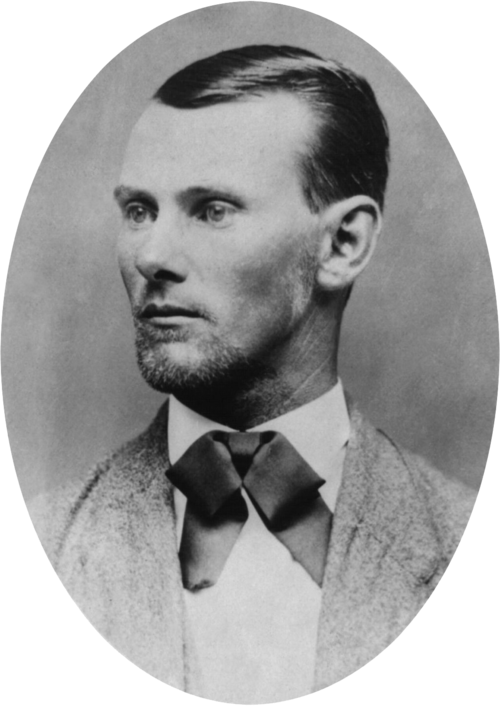
5. Jesse James – Outlaw or Folk Hero?
Jesse James’ life teeters between criminal and cultural legend. A guerrilla for the Confederate forces in the Civil War, he became the head of the James-Younger Gang and led them in brazen bank and train robberies. The press made him into a Robin Hood, even as his crime was less than philanthropic.
His downfall was in 1882 when Robert Ford, one of his own gang members, shot him in the back for a reward. James’ death put an end to an era, but his legend burnished by stories of insurrection against Northern authority still casts a large shadow in American folklore.
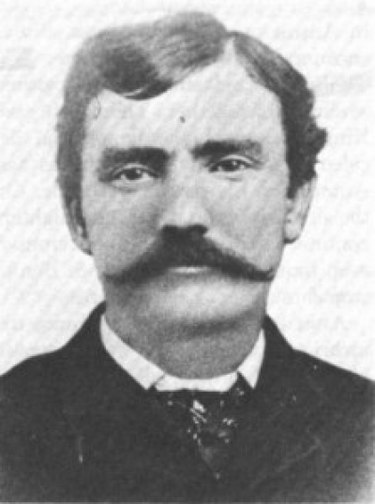
6. King Fisher – The Charismatic Outlaw
John King Fisher’s flamboyant attire and charismatic personality covered a ruthless side. A Texas cattle thief who worked as an occasional lawman, Fisher walked both sides of the law with ease. His legend had been forged in several gunfights, some in self-defense, others cold-blooded.
Fisher’s life was cut short by an ambush in San Antonio in 1884. His double role as a charming public figure and a notorious killer is emblematic of the moral ambiguity of the frontier, where charm might be more deadly than a rapid draw.
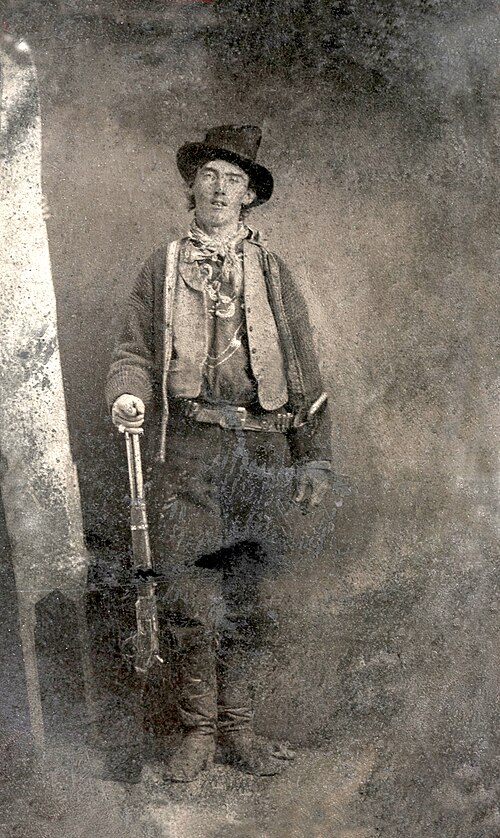
7. Billy the Kid – The Boyish-Faced Killer
Henry McCarty, otherwise known as Billy the Kid, was orphaned at a young age and got into crime early in life. His involvement in the Lincoln County War brought him fame in every household, and his claimed total of 21 kills one per year of his life increased his fame, even though historians argue about the actual number.
Captured and to be hanged in 1881, he broke free from custody by murdering two deputies. His liberty was brief Sheriff Pat Garrett tracked him down and killed him later that same year. Billy’s charm, youth, and nerve have sustained his legend for more than a century.
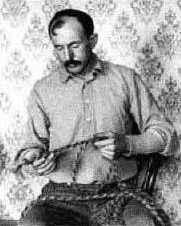
8. Tom Horn – The Assassin for Hire
Tom Horn’s tracking and shooting ability made him a valuable asset in the bloody cattle wars of the late 19th century. Employed by influential cattle barons, he killed rustlers with merciless effect. His most notorious deed was the murder of 14-year-old Willie Nickell, for which he was tried, convicted, and hanged in 1903.
Horn’s existence continues to be contentious some believe he was framed, others that he was a willing enforcer in a violent time. Either way, his tale highlights the degree to which the West’s violence was as much concerned with economic power struggles as individual vendettas.
The gunfighters of the Wild West were quicker than quick draws and colder than cold stares they were children of an explosive era when law and order, mere survival, and individual code frequently clashed. Their tales, shot through with fact as well as myth, remain enthralling because they expose history’s most mythologized frontier’s raw, volatile human element.


